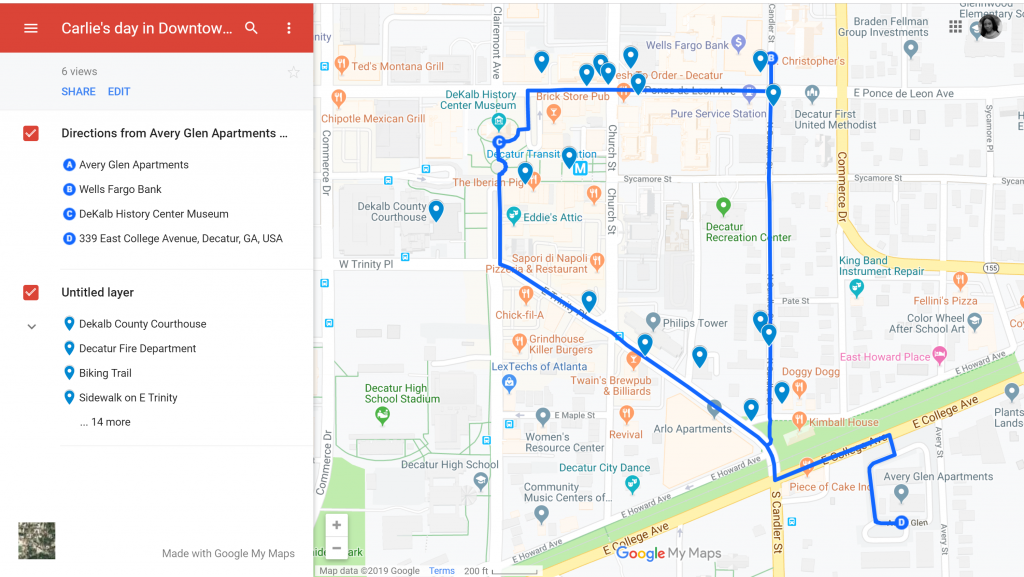Sandoiu, Ana. (June 13, 2019). Red meat and death risk: Study offers new insights. Medical News Today. Available at https://www.medicalnewstoday.com/articles/325456.php (Accessed June 16, 2019).
A. and B.) The article details that people who increase their intake of red meat in their diet had a higher risk percentage of death than people who decreased their intake. It all stems from an eight-year study conducted by Professor Yan Zeng of Shanghai University, and Frank Hu and Fredick J. of Harvard University. They studied about 53, 553 women and 27, 916 men without any cardiovascular diseases and cancer at the start of the study (Sandoiu 2019). From years of observation and research, they found that an increase of red meat by half a serving per day increased the mortality rate by 10%, and for half a serving of both processed and unprocessed red meat, it increased the mortality rate by 13%. “Prof. Zheng and team found that people who increased their total amount of daily processed meat intake by half a serving or more were 13% more likely to die from any cause. Increasing unprocessed meat by the same amount daily led to a 9% rise in all-cause mortality risk” (Sandoiu 2019). In comparison to the groups that decreased their red meat consumption, their mortality rate did not change. They also found that this effect did not change no matter the subgroup of age, physical activity, dietary quality, smoking status, and alcohol consumption. The mortality rate lowered when subjects decreased their red meat intake and instead ate alternatives such as nuts, fish, skinless poultry, dairy, eggs, vegetables over the course of the study (Sandoiu 2019). The conclusion of this study was that if you eat less red meat and instead used other means of protien, you’ll lower your chances of premature death.
C.) I feel like I have a high chance to be affected by this health revelation because red meat is in my diet, and while I’m not consistent in what I eat, I do have brief periods of eating red meat in a discernable amount that could possibly raise my risk of mortality. I think it would be pretty bad if I managed to gain an illness because of this as I have a potential risk of a lot of dieseases due to my genetic history. Examples being, type 2 diabetes, cancer, stroke, alzheimers, etc; Some of them, more closer to me than others. This article has made me more cautious of how much red meat I should consume from now on when I choose dishes for my next meal.
D.) While I can’t say I have a deeply emotional response to this article, my mental process was more along the line of what I need to do in oder to prevent my mortality rate going up in terms of monitoring my diet, and my family members’ diet. There’s nothing really specific I can draw upon besides the fact that I know that red meat is not all that good for the body prior to reading this article. Knowing how much red meat should be consumed is similar to the food pyramid that we are all taught in elementary school. Less than a serving of meat (3-5 oz), and 5 to 13 servings of fruits and vegetables everyday. This also reminds me of counting clories that people typically do in order to burn off the right amount each day. I didn’t really use much in terms of processing the numbers, as I feel what the article was conveying to me was simple enough to process.
E.) I can relate to Slovik’s assessment of risk because while I am concerned about development of diseases due to unsavory red meat consumption, I am not particulary panicky about it as it is something I am vaguely familiar with, or something I’ve heard about my enitre life whether the numbers are correct or incorrect. Talking about diet is one of the most common topics in regards to health, and this extra bonus doesn’t necessarily shake me up as finding out about some unkown disease or an upcoming pandemic. Even if heart disease is the number one killer in the U.S, knowing how to tackle it brings ease to my mind regardless of the fact that I have a high chance of dying from it.

Recent Comments